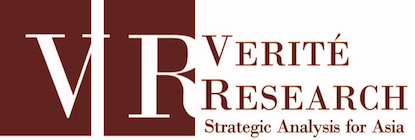Context
The features of Sri Lankan society often determine which media organisations have the strongest influence on public opinion. Those facets of society range from having the highest rate of literacy in South Asia, to ethnic fractures in language as the result of a three-decade long armed conflict. Notably, this divide in language has been observed in how the Sinhala and Tamil media have reported on politically sensitive issues.
Political dynamics in Sri Lanka significantly shape media dissemination in the country. Outside of state-owned media, even privately-owned media organisations are not always completely independent from the sphere of political influence.
Following decades of repression, media freedom in the country has been strengthened in recent times. However, the concentration of media ownership in a few parties continues to threaten the independence of the Sri Lankan media. The current legal and policy framework in the country has not adequately responded to this challenge.
In terms of economics, advertising, both state and private, continues to be the main source of revenue for media organisations. This dependency also poses potential threats to the independence of the media.








